Best Automotive Technologies of 2023
Electronic technology has become a central component of modern vehicles. These sophisticated systems enhance how you interact with your car and how your car interacts with the road and other vehicles. They encompass a wide range of functions, from safety and security features to communication and connectivity. This list presents the top automotive technologies to consider when purchasing a new vehicle. These features ensure that you get the best experience on the road. Some act as unseen shields, providing an added layer of safety. Others aid in parking and enhance visibility. Some technologies also focus on keeping you connected with loved ones or quickly contacting emergency services. The best features improve convenience without causing driver distraction. Below is a definitive list of 2023’s top automotive technologies.
- Advanced Driver-Assistance Systems (ADAS)
ADAS technologies are designed to provide an extra layer of safety. They alert drivers to potential hazards and assist in avoiding accidents. One of the earliest examples of an ADAS was anti-lock brakes, now standard on all new cars. Modern vehicles boast dozens of these systems, often bundled into safety suites. Some examples include Toyota Safety Sense, Subaru EyeSight, Ford Co-Pilot360, Honda Sensing, and Nissan Safety Shield 360. Automakers also offer these features as standalone options or as part of certain trim levels.
Key Features to Look For:
- Adaptive Cruise Control: This system maintains a set speed like regular cruise control, but it also adjusts speed to maintain a safe distance from the vehicle ahead.
- Blind-Spot Alert: Sensors detect vehicles in your blind spot and alert you via the side mirrors. Some trucks have systems that account for vehicles next to a trailer.
- Cross-Traffic Alerts: When backing out of a parking space, this system alerts you to approaching vehicles. Radar units detect cross traffic, and you may receive both an audio and visual alert.
- Forward Collision Warning/Avoidance: FCW senses a potential collision with the vehicle in front. It may provide audio, visual, or tactile alerts. Forward collision avoidance then uses automatic emergency braking if the driver does not react quickly enough.
- Hands-Free Driving: Certain vehicles now incorporate hands-free driving features, such as lane-keep assist and adaptive cruise control. However, the driver must remain attentive and be ready to resume control in emergencies. GM’s Super Cruise and Ford’s BlueCruise represent excellent examples, though it should be noted, despite the name, these systems do not permit drivers to completely surrender their attention to the road. Several automakers including Nissan, Tesla, Mercedes-Benz, BMW, and Volvo are launching hands-free systems.
- Lane-Departure Warning: This feature alerts you when your vehicle drifts out of its lane.
- Lane-Keep Assist: If the vehicle drifts, this system uses steering to keep it within the lane. Some systems will also steer the car back onto the correct side of the road if it drifts into oncoming traffic.
- Reverse Brake Assist: This system activates emergency braking if it senses an object behind the vehicle while reversing, helping to avoid collisions.

- Automatic Emergency Braking (AEB)
AEB is a critical safety technology that can help prevent or lessen the severity of accidents. It senses an imminent collision and applies the brakes faster than a human, potentially stopping the car before the driver reacts. If the driver is already braking, AEB can apply even more pressure. While included in many advanced driver-assist systems, AEB may also be a standalone feature, and it should be a top priority when buying a car. The National Highway Traffic Safety Administration (NHTSA) has set a voluntary goal for automakers to include AEB and forward collision warning in nearly all new passenger vehicles by August 31, 2023. Most automakers have already met this goal.
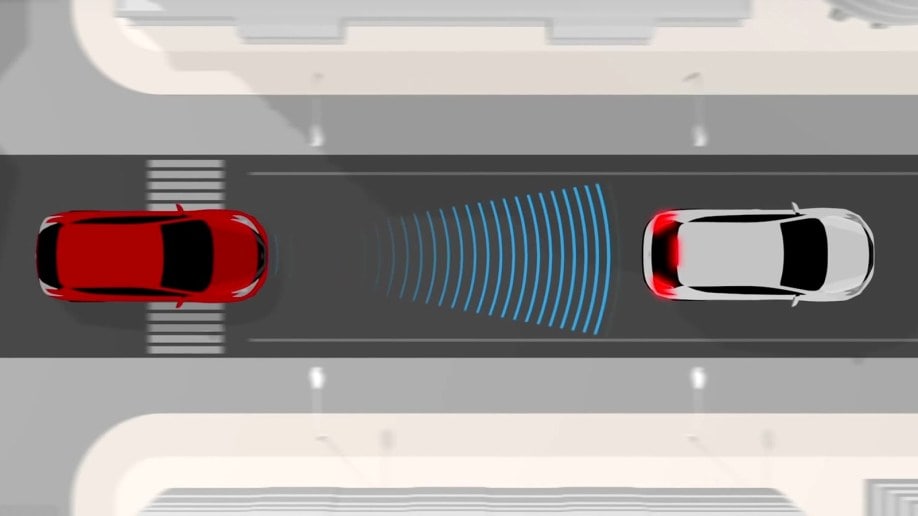
- Connected Mobile Apps/Digital Key
Modern technology allows cars to be easily integrated with smartphones. Almost every automaker offers an app that allows you to remotely lock and unlock doors, check fuel levels, tire pressure, and even start the car. These apps are useful in winter to warm up your car. They can show maintenance needs, and can also find the nearest dealership, gas station, or charging station. Another helpful feature is providing the ability to schedule service appointments. The digital key offers enhanced security by linking your phone to your car. You can unlock and start the car with your smartphone, but you can only do so if you have permission. Some apps allow users to share access. It’s important to inquire about subscription fees, which can vary between carmakers.
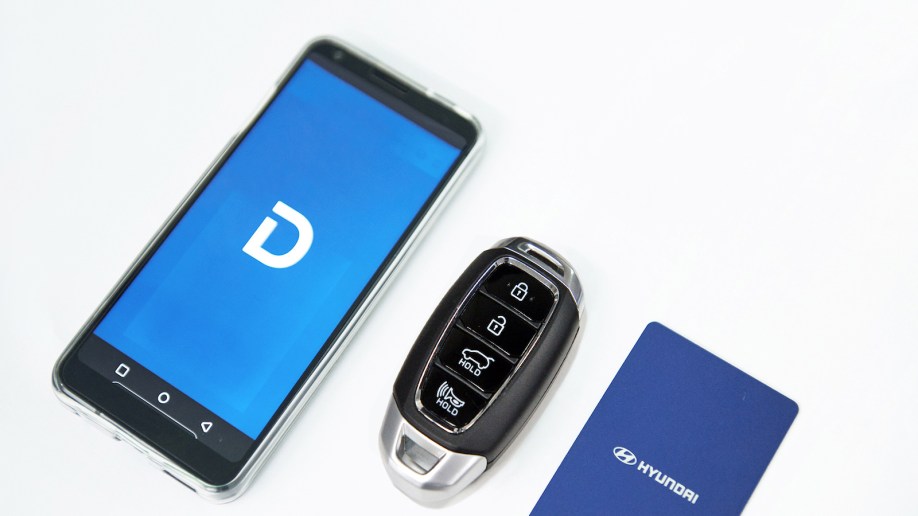
- Teen Driver Tech
This collection of features targets parents with young drivers. GM’s Teen Driver suite, available on many Chevrolet, GMC, Buick, and Cadillac vehicles, is one of the most well-known of these features. Teen Driver allows parents to set speed limits, disable audio if seatbelts are not in use, filter out explicit content (if applicable), and limit the sound system volume. A report card can provide information whether that system’s safety systems have been triggered. Ford and Lincoln models have the MyKey system, allowing parents to configure settings on the key fob, such as speed limits, always-on traction control, 911 assist activation, maximum audio volume control, and smartphone do not disturb. MyKey can also prevent the stereo from functioning until the driver and front passenger wear seatbelts and can alert a teen early about low fuel levels. Hyundai’s Bluelink system offers a curfew alert, car finder, geofence alert, speed alert, monthly vehicle health report, and vehicle maintenance preferences. Volkswagen Car-Net will alert parents about speed, time on the road, and the vehicle’s location.
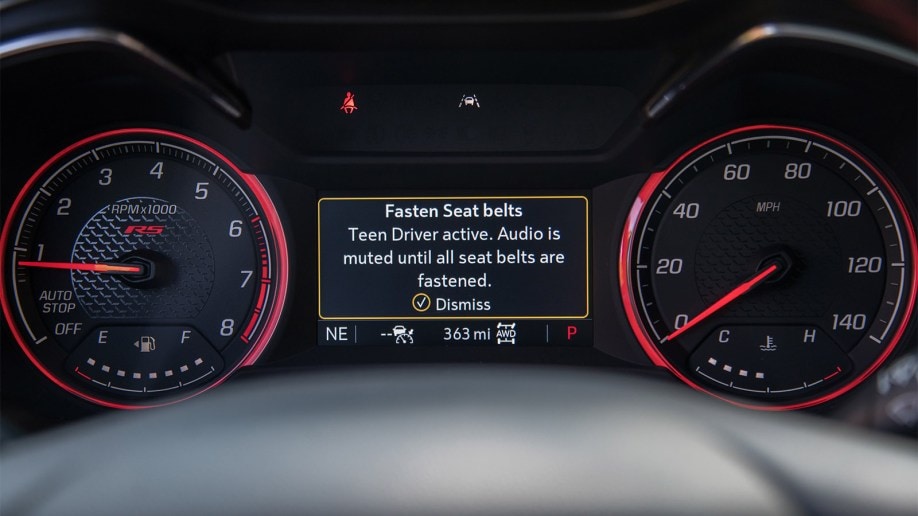
- Safe Exit Assist to Protect Cyclists
Exit warning systems use rear-facing sensors to detect bikes and traffic, preventing passengers from opening a door into oncoming traffic. These systems also work when traffic is approaching. These systems typically remain active for several minutes after the engine shuts off. If a bicyclist or other vehicle approaches, the passenger will receive a series of bright lights. The most advanced systems may also engage the child safety lock to keep the door from being opened.

- Wireless Smartphone Connectivity and Charging
Wireless smartphone connectivity and charging eliminate clutter surrounding your transmission shifter because the charging pad serves as a convenient storage area for your phone. Consider choosing a vehicle in your price range that offers both wireless connectivity and charging.

- 360-Degree Camera
Increasingly common in new cars across all price points, the 360-degree camera is convenient and helps to reduce damage. This system combines cameras on all sides of the car to create a virtual top-down view of the surroundings on the display. This view can show the sides of your garage, whether you’re between parking lines, or aid in parallel parking. This system is also useful when parking in general. These cameras not only protect your car from scratches and dents but can also lead to fewer insurance claims from low-speed collisions. The camera is especially helpful when parking larger vehicles.
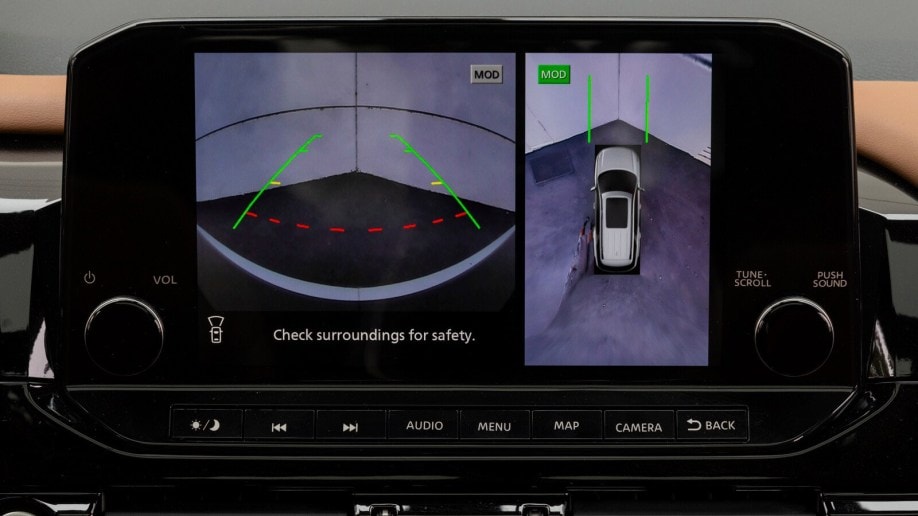
- Emergency Services/Stolen Vehicle Tracking Software
Vehicle tracking technology is very important, as illustrated by the fact that over a million vehicles were stolen in 2022, according to the National Insurance Crime Bureau. These systems help law enforcement locate and recover stolen vehicles quickly. For example, OnStar can remotely slow down a stolen vehicle and prevent it from being restarted. Stolen vehicle tracking is part of assistance and security systems, such as Subaru Starlink, Kia UVO, Hyundai Bluelink, and GM OnStar. These systems can also pinpoint your vehicle’s exact location after a crash, helping to deliver rescue services. This location information can also be used in the event of a national disaster, help find an aging family member, or keep track of a teen driver.
- Blind-Spot View Monitor
This feature shows what is on either side of your car on an easy-to-view screen when changing lanes. The blind-spot monitor uses side-mounted cameras to display traffic in the adjacent lanes, helping to prevent collisions. While different versions exist, displays within the gauge cluster, as found in Genesis, Kia, and Hyundai vehicles, are preferred.
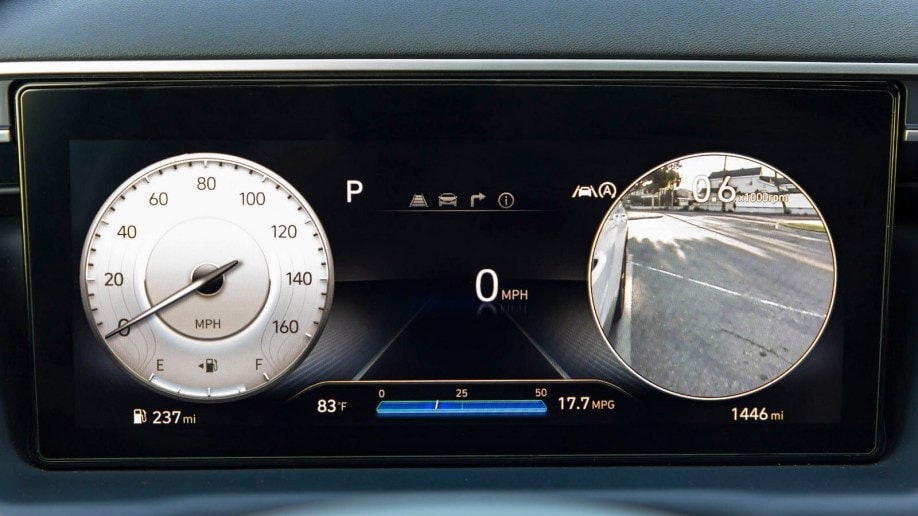
- Towing and Truck Tech
Truck and towing technology have evolved significantly in recent years. New features make driving safer for everyone. Blind-spot monitoring can account for vehicles next to a trailer. Some trucks let you use a dial on the dash to back your trailer into a designated space. You can use guidelines, sensors, and cameras with multiple angles to help line your truck up with the trailer when connecting them. Those cameras also come in handy when backing up with a trailer. You can see the traffic behind you when the rearview mirror is blocked by a trailer. Some trucks also allow you to monitor cargo in the trailer through a camera. In the case of the F-150, ProPower Onboard turns the pickup into a portable power station.


